
The Sagrada Familia in Barcelona is one of the most iconic basilicas in the world, attracting millions of visitors each year with its breathtaking architecture and intricate designs. As a masterpiece of Antoni Gaudí, this stunning structure blends Gothic and Art Nouveau styles, making it a must-see destination for anyone exploring the city.
This article offers All You Need to Know About Sagrada Familia in Barcelona: Essential Information, providing insights into its history, architectural significance, and practical tips for visitors. Whether you're planning your first visit or looking to deepen your appreciation for this remarkable landmark, we've got you covered.
All You Need to Know About the Sagrada Familia: A Comprehensive Guide
The Sagrada Familia is not only renowned for its striking beauty but also for its fascinating history. Construction began in 1882 and has continued for over a century, showcasing the dedication of architects and artisans devoted to Gaudí's vision. The basilica is expected to be completed in the coming years, embodying a blend of traditional craftsmanship and modern technology.
Visitors to the Sagrada Familia can experience various aspects that enhance their visit. Here are some essential tips:
- Book tickets in advance to avoid long lines.
- Consider visiting during off-peak hours for a quieter experience.
- Take advantage of guided tours to gain deeper insights into Gaudí's architectural innovations.
The architectural style of the Sagrada Familia is a unique fusion of Gothic and Art Nouveau, characterized by its intricate facades and towering spires. Each façade tells a different part of the story of Jesus Christ, making it a significant religious site as well. The interior is equally mesmerizing, featuring colorful stained glass that creates a spectacular interplay of light and shadow throughout the day.
For those planning a visit, understanding the layout can be beneficial. Here’s a quick comparison of notable sections of the basilica:
| Section | Description |
|---|---|
| Nave | The main area for worship, showcasing stunning columns that resemble trees. |
| Passion Façade | Represents the suffering of Christ, with stark, angular designs. |
| Nativity Façade | Celebrates the birth of Jesus with intricate and joyful sculptures. |
The History Behind Sagrada Familia: From Vision to Reality
The story of the Sagrada Familia begins in 1882, when the architect Francisco de Paula del Villar was commissioned to design a church dedicated to the Holy Family. However, the vision soon shifted when Antoni Gaudí took over the project in 1883, infusing it with his unique architectural style and innovative ideas. Gaudí envisioned a basilica that would harmoniously blend nature and spirituality, a vision that continues to inspire architects and artists today.
Over the decades, the construction of the Sagrada Familia faced numerous challenges, including funding shortages and the upheavals of the Spanish Civil War. Despite these obstacles, the project never halted completely. In fact, Gaudí dedicated the last 15 years of his life exclusively to this masterpiece, emphasizing the importance of both meticulous craftsmanship and religious symbolism in its design.
Today, the Sagrada Familia stands as a testament to Gaudí's genius and the collaborative efforts of countless architects, artisans, and workers who have contributed to the basilica's ongoing construction. To date, the structure incorporates a mix of traditional building techniques and modern technology, which aids in the realization of Gaudí's original vision. The anticipated completion date is set for the centenary of Gaudí's death in 2026, marking over 140 years of continuous work.
Visitors can appreciate the evolution of the Sagrada Familia's design through its various stages of construction. Here are some key milestones:
- 1882: Groundbreaking and initial design by Francisco de Paula del Villar.
- 1883: Gaudí takes over the project and remodels the design.
- 1926: Gaudí's death, leaving the basilica unfinished.
- 2026: Expected completion of the Sagrada Familia.
Top 10 Facts About Sagrada Familia You Didn’t Know
The Sagrada Familia is more than just an architectural wonder; it holds many intriguing secrets that even frequent visitors may not know. Here are some engaging facts that highlight its unique features:
- Unfinished Masterpiece: The basilica has been under construction for over 140 years, and the completion date is projected for 2026, coinciding with the centenary of Gaudí's death.
- Funding through Donations: Unlike many other major projects, Sagrada Familia is funded entirely by private donations and ticket sales, which means it relies on the public's support to continue its construction.
- Natural Inspiration: Gaudí drew much of his inspiration from nature; the columns inside the basilica resemble trees, creating a forest-like atmosphere that enhances the spiritual experience.
- Basilica Status: Although it is commonly referred to as a cathedral, the Sagrada Familia is actually a basilica, which is a designation given by the Pope.
Additionally, the Sagrada Familia features several noteworthy elements that contribute to its charm:
- Unique Facades: Each of the three facades represents a different aspect of Jesus' life—Nativity, Passion, and Glory—each designed with distinct styles and symbolism.
- Stained Glass Art: The colorful stained glass windows are not only decorative; they are designed to cast specific colors and patterns of light, creating a dynamic interplay as the sun moves.
- Architectural Innovations: Gaudí employed innovative techniques, including hyperboloid structures that provide strength while allowing for intricate designs.
In a nutshell, the Sagrada Familia is a living testament to creativity and perseverance, continuing to evolve while preserving its historical significance. Each visit reveals new insights and perspectives, making it a continually captivating destination for all who enter.
Visiting Sagrada Familia: Tips for an Unforgettable Experience
When planning your visit to the Sagrada Familia, timing is everything. Consider going early in the morning or later in the afternoon to avoid the largest crowds. This strategy not only enhances your experience but also allows for great photography opportunities as the light changes throughout the day. Additionally, if possible, try visiting during weekdays rather than weekends for a quieter atmosphere.
Another vital tip is to purchase your tickets online ahead of time. This will save you from the long queues that often form at the entrance. Opt for a guided tour if you can; these tours provide valuable insights into Gaudí's artistic vision and the intricate details of the basilica that you might otherwise overlook. Many tours include access to areas that are not open to general admission, enriching your experience even further.
As you explore the Sagrada Familia, take your time to appreciate the stunning details of each façade. Each section contains unique elements and stories, and understanding these will deepen your appreciation of the structure. Don't forget to look up at the intricate ceiling designs, which mirror the natural forms Gaudí loved to incorporate into his work. To enhance your visit, consider downloading a mobile app or audio guide that can provide you with additional context and information.
Lastly, remember to check the official website for any updates regarding special events or closures. The Sagrada Familia regularly hosts cultural events, and being aware of these can add a unique layer to your visit. With these tips, you're sure to have an unforgettable experience at one of the most remarkable architectural sites in the world.
Exploring the Architecture of Sagrada Familia: Gaudí’s Masterpiece
The architecture of the Sagrada Familia is a unique blend of Gothic and Art Nouveau styles, showcasing Antoni Gaudí's innovative approach to design. The basilica features a series of intricate facades, each narrating different aspects of the life of Jesus Christ. The use of organic forms and vibrant colors in the stained glass windows enhances the spiritual atmosphere, making visitors feel a deep connection to both nature and faith as they explore the interior.
One of the most remarkable aspects of Gaudí's design is his ability to mimic natural elements. The columns within the basilica are designed to resemble trees, creating a forest-like ambiance that evokes a sense of tranquility and wonder. This innovative use of geometry and structure allows the building to not only be visually stunning but also structurally sound, showcasing Gaudí's mastery of architectural principles.
Furthermore, the Sagrada Familia is characterized by its towering spires, which rise majestically above the cityscape. Each spire is meticulously designed, symbolizing various religious figures and concepts. The central spire, dedicated to Jesus Christ, is intended to reach a height of 172.5 meters, making it the tallest church building in the world upon completion. This ambitious height underscores Gaudí's vision of creating a landmark that not only dominates the skyline but also serves as a beacon of faith.
In summary, the Sagrada Familia stands as a testament to Gaudí's genius, intertwining art, religion, and nature in a way that continues to captivate audiences worldwide. Its intricate details and profound symbolism make each visit a new experience, inviting exploration and reflection on both its architectural beauty and spiritual significance.
Sagrada Familia Ticket Information: How to Plan Your Visit
When planning your visit to the Sagrada Familia, it's essential to understand the ticketing options available. Tickets can be purchased online or at the entrance, but for a smoother experience, it’s highly recommended to buy them in advance. This not only saves you time but also helps you secure your preferred time slot, especially during peak tourist seasons.
Here’s a brief overview of ticket options:
- Basic Entry Ticket: Grants access to the basilica.
- Guided Tour Ticket: Includes a knowledgeable guide who will share insights about Gaudí’s work.
- Audio Guide Ticket: An audio guide enhances your visit with detailed explanations of key features.
- Combination Ticket: Access to both the basilica and the towers for stunning panoramic views of Barcelona.
Consider the timing of your visit as well. The Sagrada Familia is less crowded early in the morning or late in the afternoon. This not only allows you to enjoy the architecture more peacefully but also provides ideal lighting conditions for photography. Remember that the basilica has designated hours, so double-check the official website for the most current information.
If you are visiting with a group or family, look into group discounts and family tickets, as these can provide better value. Additionally, keep an eye out for special events or exhibitions that may require separate tickets, enriching your experience at this architectural marvel even further.
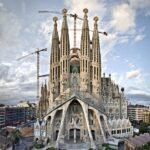 Fascinating Facts About Sagrada Familia in Barcelona, Spain
Fascinating Facts About Sagrada Familia in Barcelona, Spain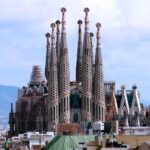 The Majestic Journey from La Sagrada Familia to Barcelona Port
The Majestic Journey from La Sagrada Familia to Barcelona Port Neri Relais & Chateaux - Boutique Hotel
Neri Relais & Chateaux - Boutique HotelIf you want to know other articles similar to All You Need to Know About Sagrada Familia in Barcelona: Essential Information you can visit the category WHERE YOU CAN GO.
Leave a Reply

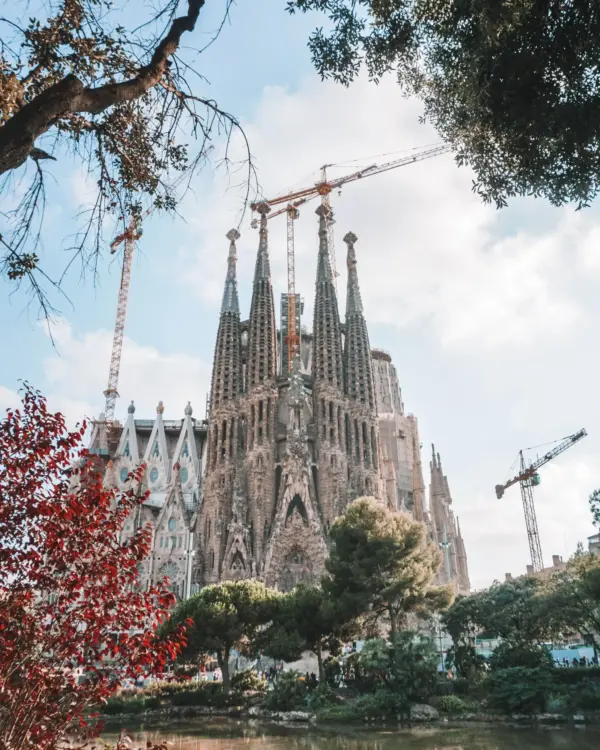
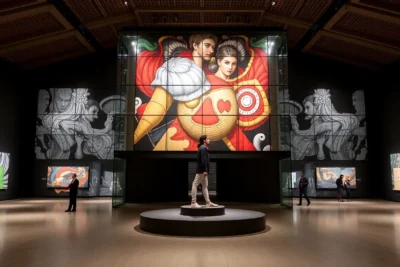
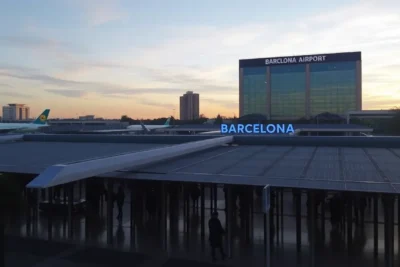

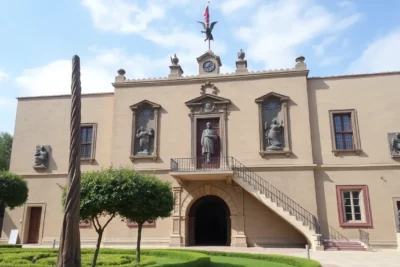
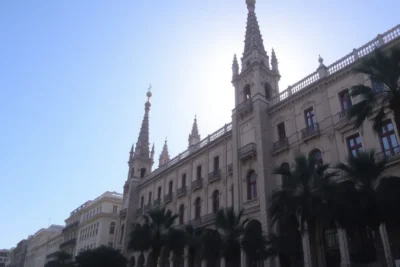
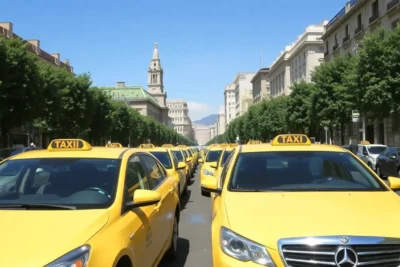
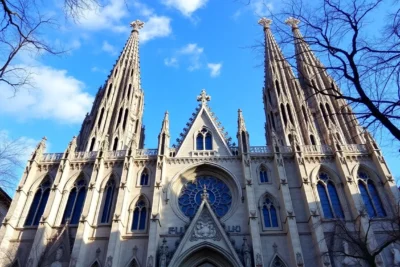
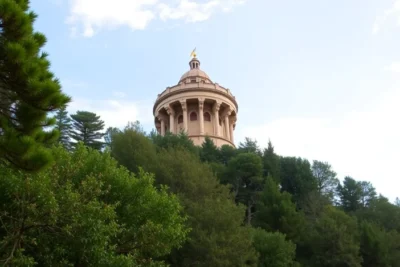
Read more!